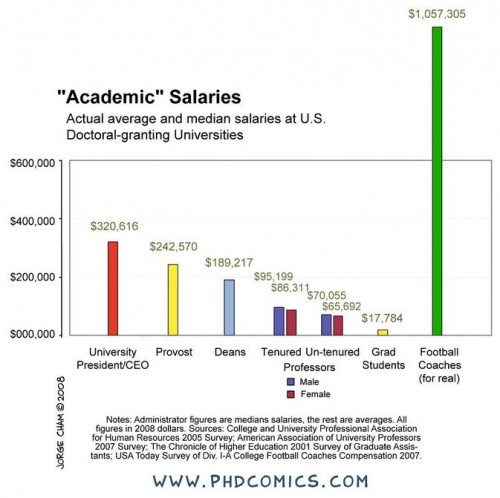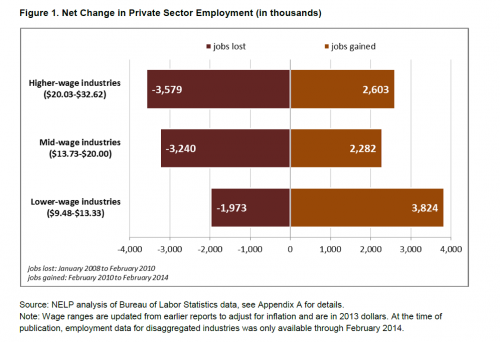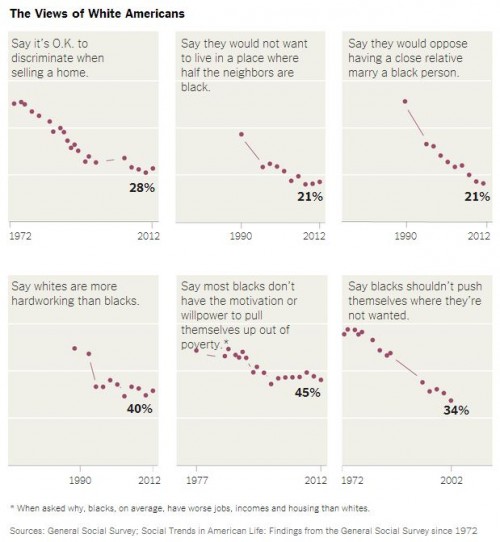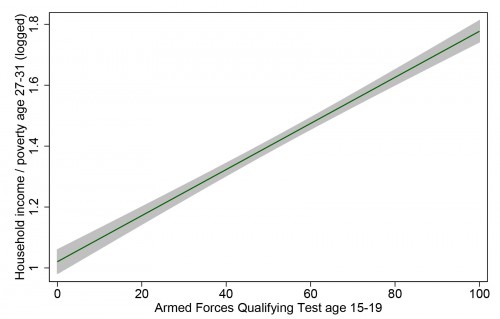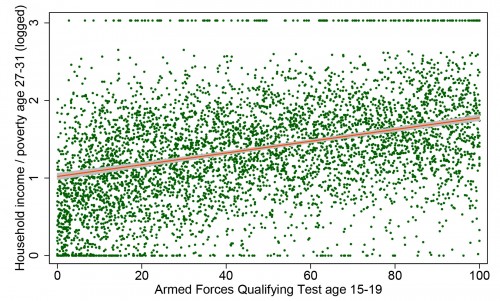We have the money and the know how to tackle most of our social problems. Certainly unemployment, houselessness, and poverty. So, why don’t we?
In large part it is because our socially created wealth remains outside social control. Critical economic decisions are driven by private interests not the public good. One result is hipster economics.
If you are not familiar with the concept, I recommend Sarah Kendzior’s The Perils of Hipster Economics. Here is the first part:
On May 16, an artist, a railway service and a government agency spent $291,978 to block poverty from the public eye.
Called psychylustro, German artist Katharina Grosse’s project is a large-scale work designed to distract Amtrak train riders from the dilapidated buildings and fallen factories of north Philadelphia. The city has a 28 percent poverty rate – the highest of any major U.S. city – with much of it concentrated in the north. In some north Philadelphia elementary schools, nearly every child is living below the poverty line.
Grosse partnered with the National Endowment of the Arts and Amtrak to mask North Philadelphia’s hardship with a delightful view. The Wall Street Journal calls this “Fighting Urban Blight With Art.” Liz Thomas, the curator of the project, calls it “an experience that asks people to think about this space that they hurtle through every day.”
The project is not actually fighting blight, of course – only the ability of Amtrak customers to see it.

“I need the brilliance of colour to get close to people, to stir up a sense of life experience and heighten their sense of presence,” Grosse proclaims.
“People,” in Grosse and Thomas’s formulation, are not those who actually live in north Philadelphia and bear the brunt of its burdens. “People” are those who can afford to view poverty through the lens of aesthetics as they pass it by.
Urban decay becomes a set piece to be remodeled or romanticised.
The rest of the article is here.
Martin Hart-Landsberg is a professor of economics at Lewis and Clark College. You can follow him at Reports from the Economic Front.

